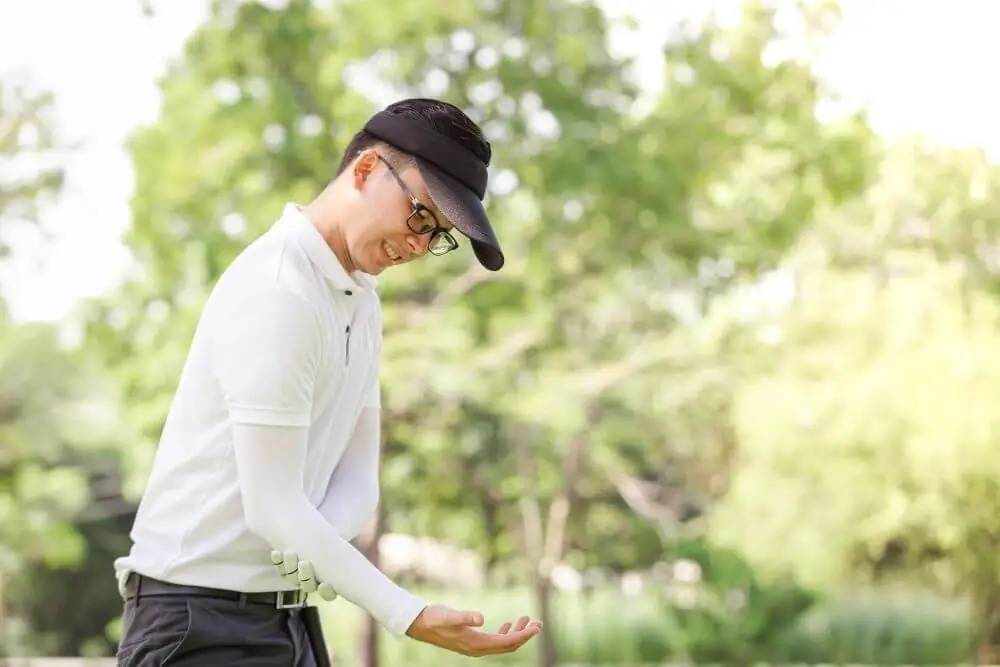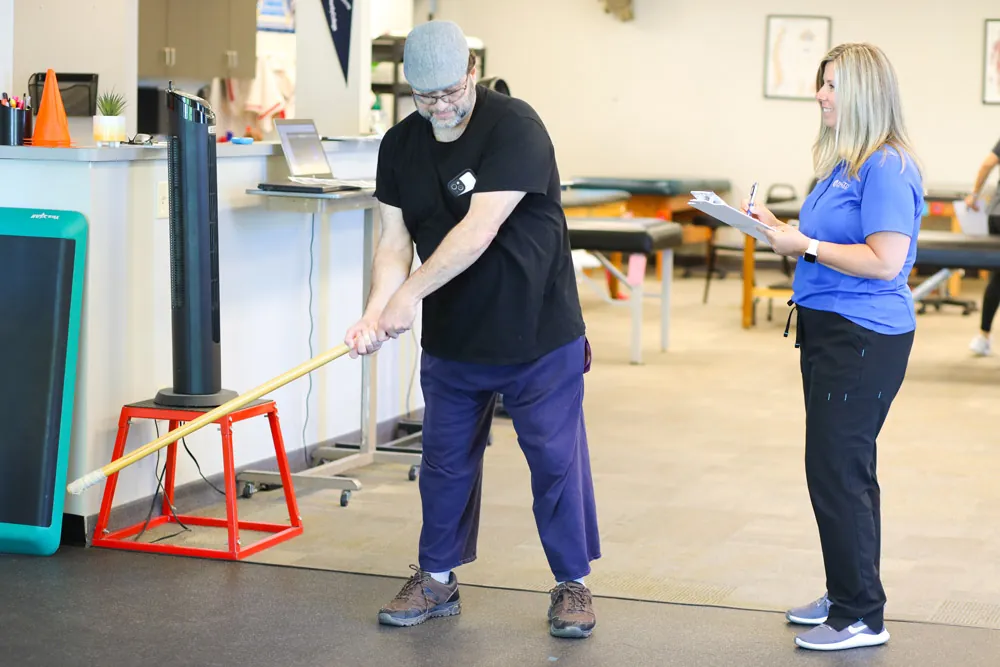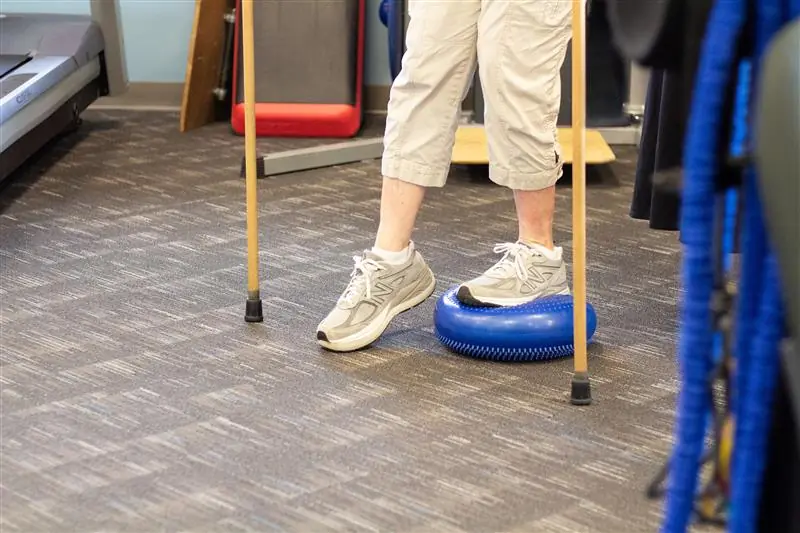The weather in Tucson is absolutely beautiful right now, and what better way to enjoy the outdoors than with a round of golf or a trip to the driving range? As you take advantage of this phenomenal golf weather, you might be experiencing pain and tenderness on the inside of your elbow. That pain is most likely medial epicondylitis, or “Golfer’s Elbow.” When a golfer routinely flexes their wrist too much during the follow-through of their swing, they can develop a golfer’s elbow on their trailing arm and may require treatment to ease the pain and inflammation.

Medial epicondylitis is inflammation of the medial condyle located on the inside of your arm. Because the wrist flexor and pronator muscles are attached to the same condyle, this inflammation can develop from overuse or repetitive movement of them. Typical signs and symptoms of this condition are tenderness to touch, pain while gripping a club, pain traveling down the forearm, and/or pain with wrist flexion. This pain can range from slightly annoying to debilitating. The key is to catch the condition early.
Key Steps to Prevent Further Injury
To help prevent medial epicondylitis from developing, you should follow these key steps:
- Proper swing mechanics: Having the proper form will help prevent an improper load placed on your elbow.
- Rest in between rounds: Do not play three back-to-back golf rounds if you have not played in a while. Make sure to rest your body between rounds.
- Stretching before and after When you overuse your muscles, they become tight, which adds stress. Two good stretches to relieve muscle tension are to extend your arm straight by your side and bring your fingers toward your forearm. The second stretch is to extend your arm to about shoulder height, then bring your fingers towards your face with your opposite hand. Hold each stretch for about 20-30 seconds and do the stretches thrice daily.
- Ice sore areas: If you start to feel irritation in your elbow, begin icing that area. Ice helps decrease inflammation by reducing blood flow to the area. Only keep the ice on for 20 minutes.
- Use of anti-inflammatories: Taking anti-inflammatories can help reduce developing inflammation.

Following those key steps will greatly decrease your chances of developing a golfer’s elbow. Unfortunately, there are some cases where the pain and inflammation can accumulate to the point where home treatment is not an option. A physical therapist at ProActive Physical Therapy can provide comprehensive physical rehabilitation to treat your golfer’s elbow (or any other golf-related injury). Our physical therapists have excellent expertise in human anatomy, body movements, and the demands of the sport.
Customized Treatment Options:
- Ultrasound: This promotes optimal healing and decreases inflammation.
- Rehabilitation: To treat and prevent further injury through strength, endurance, and flexibility training.
- Manual therapy: We give you a soft tissue massage and trigger point dry needling, which can reduce the stress placed on the elbow.
- Taping: This prevents overstressing the muscles and activates underused ones.
- Education: We will teach you proper mechanics and provide a home treatment plan for continuing care.
Before the pain becomes unbearable and you cannot play your favorite sport, come see us at ProActive Physical Therapy. We can help you get back to playing your favorite game pain-free.



